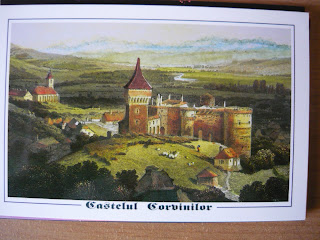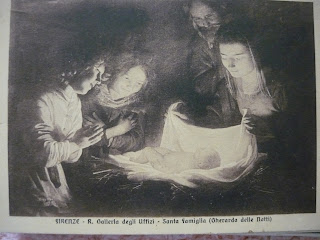The city in the XVIIIth century.
New postcard. For swap.
Sighisoara is one of the 7 fortified Saxon cities in Transylvania, known as "Siebenburgen", together withBrasov (Kronstadt), Cluj (Klausenburg), Sibiu (Hermannstadt), Bistrita (Bistritz) Medias (Mediasch), Sebes (Mühlbach). According to the legend the lost children of Hamelin emerged from the ‘Almasch’ (Varghis) cave into Transylvania - just to the north of Baraolt in 1284, lured there by the magical tune of the Pied Piper, a 'Romany' who had been cheated by the burghers after ridding them of their plague of rats. This is the 'romantic' explanation for the presence in Transylvania of Germans following ancient customs, yet isolated by hundreds of kilometers from Germany. The reality is that the fortified towns and villages of Transylvania were established in the 12th Century by settlers from the Moselle region, referred to locally as 'Saxons'( Romanian-'sashi'). They were attracted to Transylvania by favorable market rights by the Hungarian rulers who wanted them there to guard the mountain passes against Tatar and Ottoman raiders. They created the 'Siebenbürgen', the seven fortified cities, while in villages they constructed fortified churches in which they could shelter during times of siege. UNESCO has designated several of these villages and the mediaeval citadel of Sighisoara as Heritage Sites





















